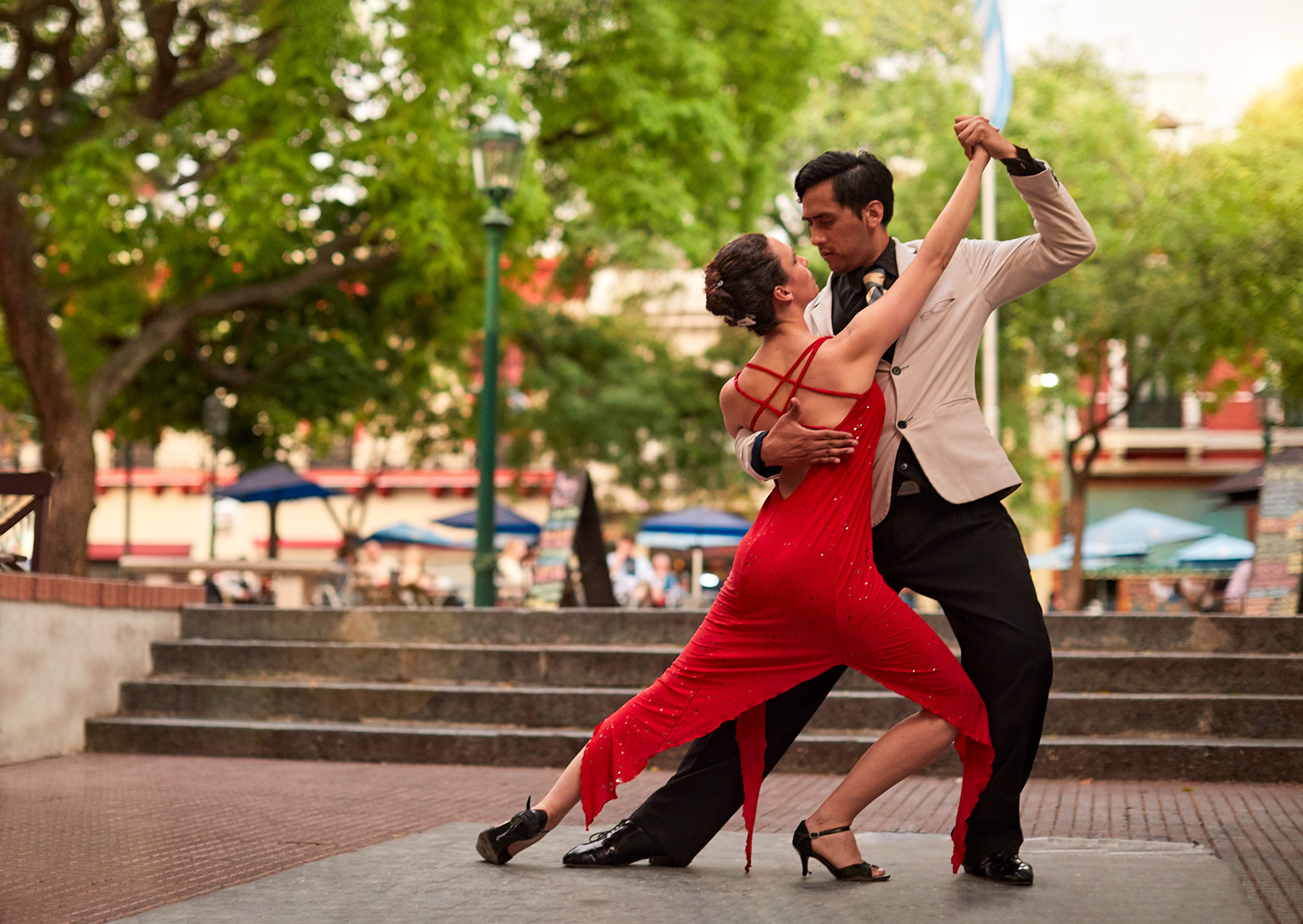Some Ideas on Dance San Francisco You Should Know
Table of ContentsDance San Francisco Fundamentals ExplainedRumored Buzz on Dance San FranciscoOur Dance San Francisco IdeasEverything about Dance San Francisco
Let's think about Salsa dancing and songs as a large Tree that looks like this: Salsa is danced world-wide while several technical facets of the dance coincide across styles (6 steps over 8 beats danced on a quick-quick-slow or slow-quick-quick rhythm), there are a number of "trademark" features of the major designs of Salsa that distinguish one from the other.Couples participating in a Casino Rueda dance all steps in unison as called by a Leader. Distinct functions of Cuban style salsa are round turn patterns (with "break back" steps on counts 1 and 5) along with body motion motivated by traditional Afro-Cuban folkloric dances. Distinguishing attributes of Cali design salsa fasts and complex footwork, danced with a solid hand hold connection in between companions.
The beginnings of the style are a subject of dispute, however it is stated that New York style Salsa dancing came from the 1960's as a result of the increase of Latin American emigrants after the Cuban Transformation (salsa dancing sf). Eddie Torres is the most well recognized New york city design professional dancer, being nearly generally attributed with promoting the design to dance centres outside of New york city
The basic rhythm of "On-2" is slow-quick-quick. The "youngest" of the styles of Salsa, L.A (https://dancesf9.wordpress.com/). Style (some individuals have actually called it "West Shore" style) became popular in the 1990's and has its beginnings in ballroom (Mambo, Swing and Cha, Cha, Cha). Turn patterns lead and follow strategies are heavily affected by these styles, with the Cross Body Lead being the keystone of the design
The 7-Minute Rule for Dance San Francisco
Design are implementation of turn patterns and numbers in the "slot", with the break steps on matters "1" and "5". This design is additionally identified by elegant and usually complex arm designing by the follow to accent the "1" and "5" counts. The standard rhythm of "On-1" is quick-quick-slow. While Salsa songs has strong beginnings in Cuban, Colombian and Puerto-Rican folkoric customs, it can not be marked down that all Afro-Latin and Latin American cultures have contributed to contemporary Salsa songs as we understand it today.


A Biased View of Dance San Francisco
identifying attributes of Salsa songs are: 4/4 measure signature, Kid Clave and Tumbao rhythms, Montuno Piano Unless you have a history in music, the above 3 qualities possibly suggest nothing to you. A simpler way to explain Salsa songs is just how it does NOT sound like other types of Latin American prominent music.

It's time for lessons. With a lot of studios out there and different designs to select from, where does a complete newbie begin? The majority of new professional dancers choose to find out L.A. "On-1" style slotted Salsa styles are one of the most prevalent in The United States and copyright (with some exceptions of some metropolitan centres that still mostly accept Cuban and Puerto Rican designs) and L.A.
.A. Style will swiftly educate you the fundamentals of Salsa timing, weight transfer and transform pattern implementation. Numerous professional dancers, as soon as they've had a year or more of dancing L.A. Design Salsa under their belts, "button" to New york city style in order to diversify their dance vocabulary; yet numerous dancers decide to stay with just one style of Salsa and appreciate their time on the dancing floor because specific design. salsa dancing sf.
Design and New York City Design all being danced in the same club, with a number of the dancers having the ability to change from one style to the other from one tune to the next. salsa dancing sf. Despite which style you select it is very important to stick to that style until you're extremely comfy with the basics of timing, body rhythm and foundation move implementation prior to thinking about "changing" styles (if you desire to)
Once you start lessons be prepared to devote time and energy to learning just how to dance as a whole it takes a full newbie (i. e., a person with little or no dancing experience) regarding 6 months of proactively taking lessons and going out and practicing a minimum of twice a week to reach a point where pattern execution starts to really feel "all-natural".